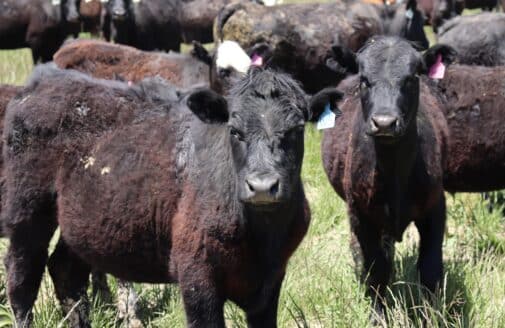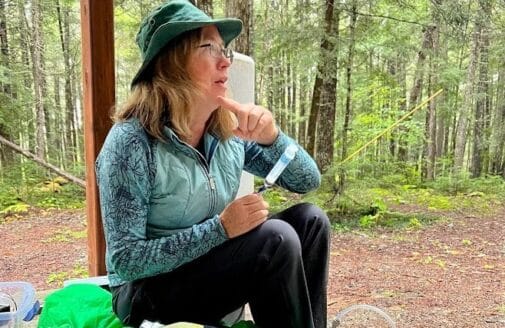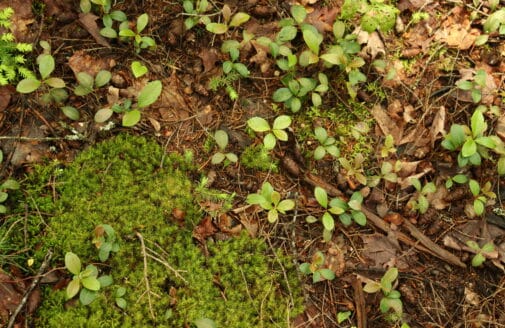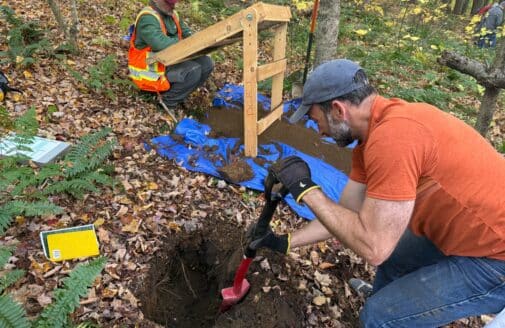Scientists push for inclusion of natural systems at COP25
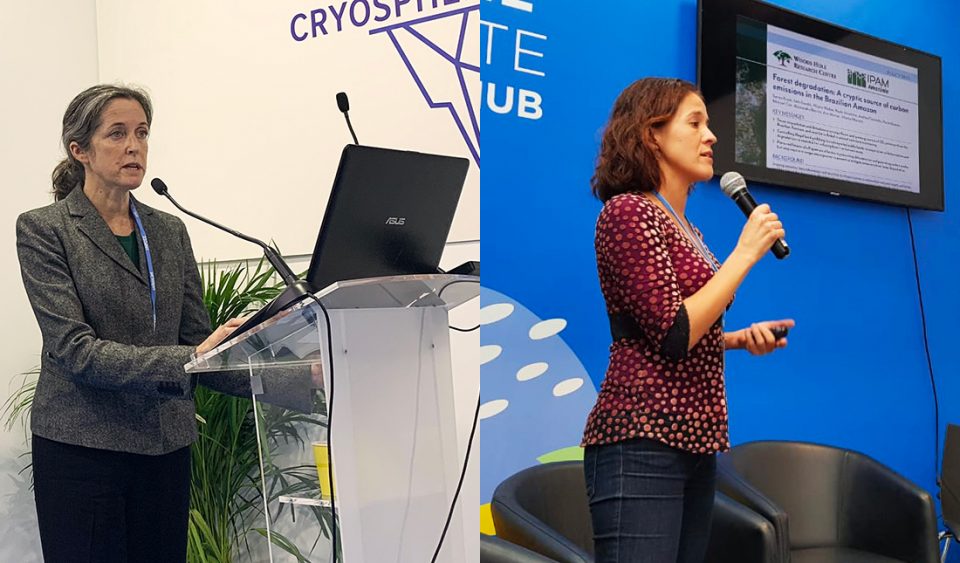
Woodwell scientists Sue Natali and Marcia Macedo present at COP25.
Woodwell Climate Research Center (formerly Woods Hole Research Center) researchers took part in more than ten side events, panels, and scientific talks at the COP25 UN climate change conference in Madrid this month—all designed to encourage policy makers to consider the role of natural systems in climate change.
Several of the talks, and two officials side events, focused on the role of the Amazon in climate change mitigation. The Amazon forest includes an amount of carbon equivalent to ten years of global greenhouse gas emissions. Woodwell Climate research has shown that the areas of the Amazon with the most aboveground forest carbon are protected natural areas or are controlled by indigenous groups.
Dr. Marcia Macedo led three events at the Brazil Climate Action Hub, an official pavilion that was established by IPAM Amazonia and partners, after the Brazilan government declined to establish its own pavilion.
“The Amazon is critically important for maintaining climate stability and indigenous communities are critically important for maintaining the Amazon,” Macedo said, summarizing the message of one of her events.
The Woodwell Climate delegation included Macedo, Dr. Sue Natali, Dr. Wayne Walker, and research assistant Darcy Peter.
Walker spoke at two official side events about new research on the climate mitigation value of protected areas and indigenous control areas.
“As of 2016, 58 percent of carbon stored aboveground in Amazon forests was found in Indigenous Territories and Protected Natural Areas,” Walker said during a side event that included IPAM Amazonia and was co-hosted by indigenous activist group COICA.
Natali led a day of events in the Cryosphere Pavilion, dubbed Permafrost Day. Natali designed the program and the messaging for the day-long series of talks, in conjunction with Dr. Gustaf Hugelius from Stockholm University and Pam Pearson from the International Cryosphere Climate Initiative.
Several speakers called attention to the fact that emissions from permafrost regions were not being incorporated into most global climate models. Natali presented a paper by herself and Woodwell Climate’s Dr. Jennifer Watts that showed previously unmeasured winter emissions are tipping the region into a net source of carbon.
Peter spoke about her perspective as an Alaska Native and a climate change scientist, detailing the experience of local communities that are living with permafrost thaw.




